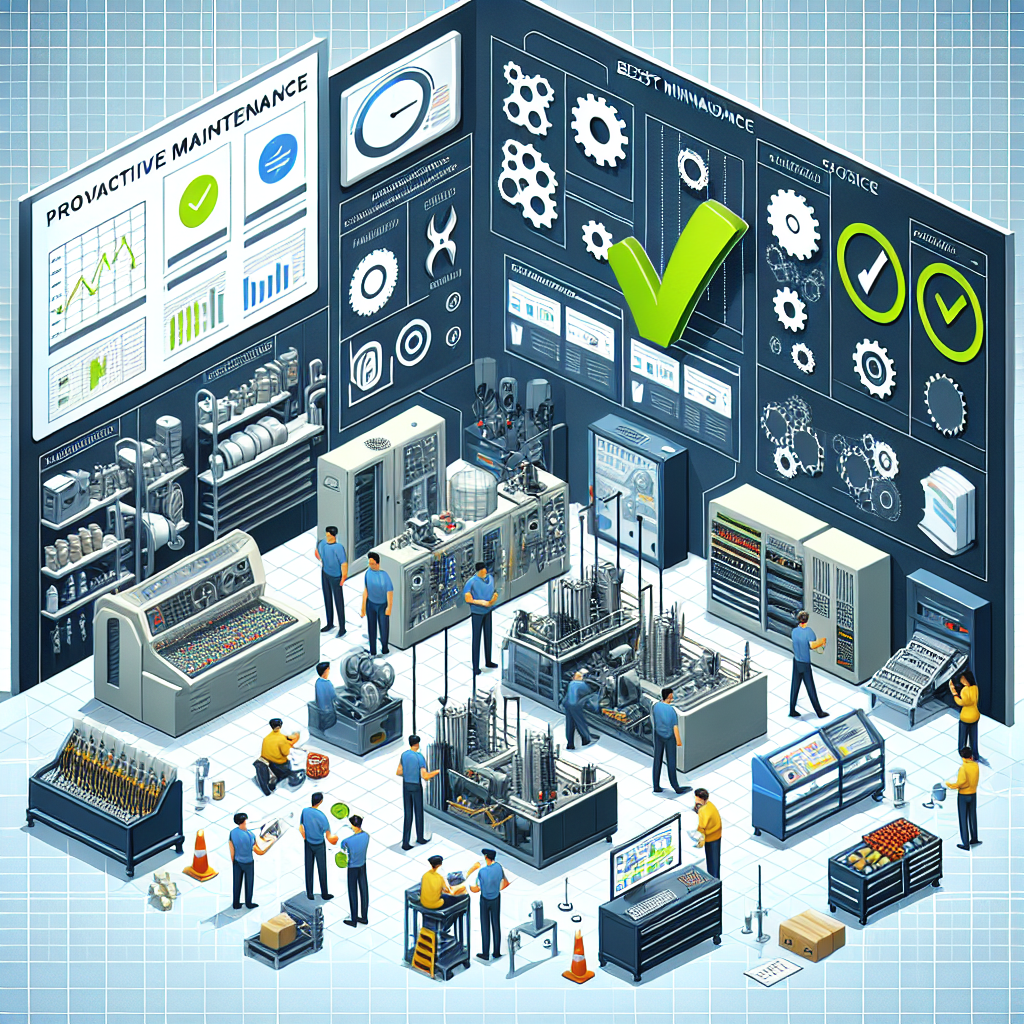Your cart is currently empty!
Proactive Maintenance Best Practices for Facilities and Equipment

Facrying out proactive maintenance on facilities and equipment is crucial for ensuring their optimal performance and longevity. By identifying and addressing potential issues before they escalate into major problems, proactive maintenance can help save time, money, and resources in the long run. In this article, we will discuss some best practices for implementing proactive maintenance in facilities and equipment.
1. Develop a Maintenance Plan: The first step in implementing proactive maintenance is to develop a comprehensive maintenance plan. This plan should outline all the equipment and facilities that require regular maintenance, as well as the frequency and type of maintenance tasks that need to be performed. By having a clear maintenance plan in place, you can ensure that all necessary maintenance tasks are carried out in a timely and efficient manner.
2. Conduct Regular Inspections: Regular inspections are essential for identifying potential issues before they lead to equipment failure or facility downtime. Inspections should be conducted on a regular basis to check for signs of wear and tear, leaks, corrosion, and other issues that could impact the performance of facilities and equipment. By conducting regular inspections, you can catch problems early and address them before they escalate into major issues.
3. Implement Preventive Maintenance: Preventive maintenance involves performing routine maintenance tasks on a scheduled basis to prevent equipment failure and extend the lifespan of facilities and equipment. This can include tasks such as lubricating moving parts, replacing worn components, and cleaning filters. By implementing preventive maintenance, you can reduce the risk of unexpected breakdowns and prolong the life of your facilities and equipment.
4. Train Maintenance Staff: Proper training is essential for ensuring that maintenance staff are equipped with the knowledge and skills needed to carry out proactive maintenance tasks effectively. Training should cover topics such as equipment operation, maintenance procedures, and safety protocols. By investing in training for maintenance staff, you can ensure that proactive maintenance tasks are carried out correctly and efficiently.
5. Use Maintenance Management Software: Maintenance management software can help streamline the proactive maintenance process by providing a centralized platform for tracking maintenance tasks, scheduling inspections, and monitoring equipment performance. By using maintenance management software, you can improve the efficiency of your maintenance operations and ensure that all necessary tasks are completed on time.
In conclusion, proactive maintenance is a critical component of ensuring the optimal performance and longevity of facilities and equipment. By developing a maintenance plan, conducting regular inspections, implementing preventive maintenance, training maintenance staff, and using maintenance management software, you can effectively implement proactive maintenance best practices in your organization. By taking a proactive approach to maintenance, you can save time, money, and resources in the long run and ensure that your facilities and equipment operate at peak performance.

Leave a Reply